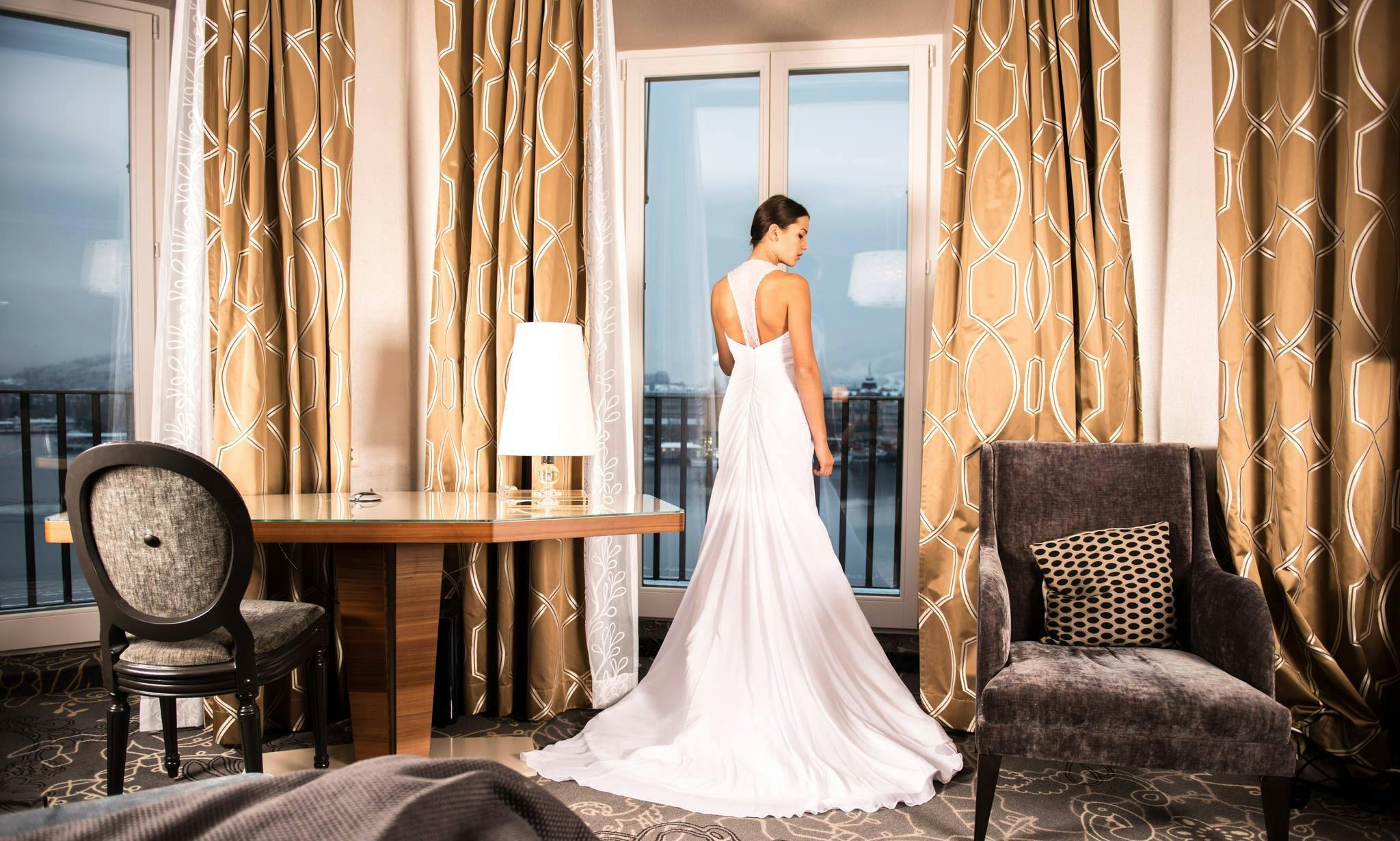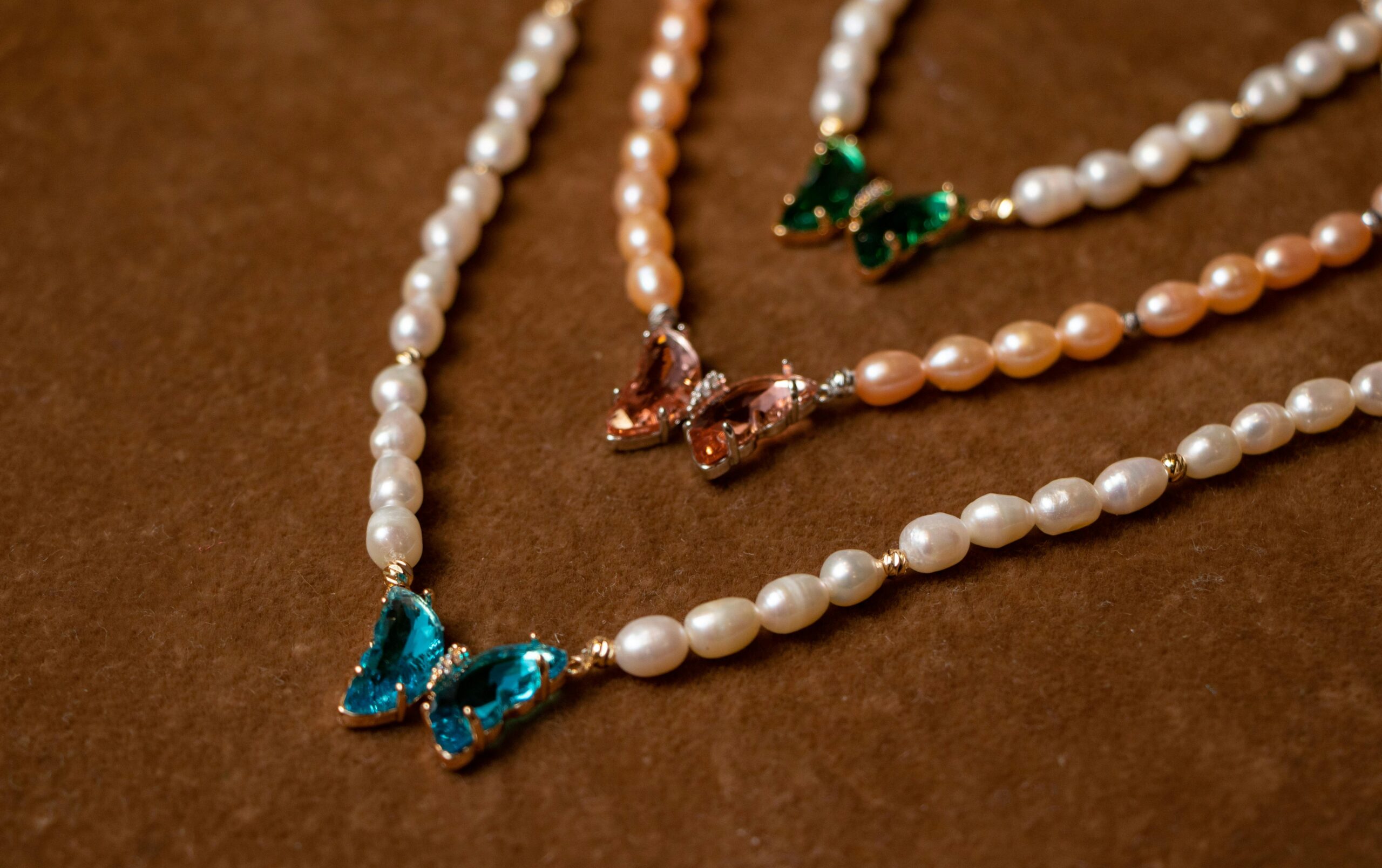Patchwork involves multiple panels of patterned fabric in the same ensemble. Patchwork is more of a print trend than a fabric trend. The unique manner of placing the printed fabrics in a patchwork design imparts a unique identity to the outfit. Patchwork is not to be confused with print-on-print. Though, there is not much difference between the patchwork and print-on-print, as both offer the wearer a canvas of colours and prints. Nevertheless, unlike layered prints, patchwork prints are cleverly and creatively created as one piece, by means of stitching several pieces of print fabric together. At a glance, it might appear as unmatched pieces of fabric, but in reality a lot of thought goes into assembling different pieces of fabric and turning them into an elegant garb, which is styled to look that way.
Patchwork is an art that encourages recycling and thus, provide numerous environment benefits. By re-using existing fibres and textiles, there is no need to make these textiles from raw materials (such as cotton, wool, and synthetic fibres). This saves on the energy used and pollution caused during manufacturing processes like dying, washing, and scouring.
Patchwork can be given any shape, as there are no strict rules concerning patchwork. Even as the fashion critics find patchwork prints aimless and a messy interpretation of the print trend, still, designers around the globe have not only presented patchwork, but have also won applause for the same. In last three years, patchwork has marched into the fashion world, winning hearts in endless catwalks and brands, with multi-material clothes using tartan, tweed and even leather. The idea of using patches in clothing that began out of necessity, when housewives used pieces of clothes to make simple repairs of worn-out clothes, can now be spotted on the ramp. The use of different patches of cloth on the same garment created accidental, multi-colour, and sometimes wild designs.
Patchwork also differs in different regions. Like the Hawaiian patchwork involves using two or more overlaid fabrics of the same size. Hawaiian designs are cut out of the first piece, which is then fixed over the lower. In the Indian molas art form technique, various layers of dazzling coloured cloth are used. Patchwork was a practice that returned to fashion in the Victorian era in the nineteenth century when carriages were adorned with brocaded silk and velvet fabrics. There is no shortage of products out there that really excel at creating the perfect patchwork. There are skirts, casual shirts, hats, ties, pants, dresses, coats, jumpsuits, shorts, scarves, stoles and denims with patchwork that have made it to the display windows of designer stores. Apart from quilts, patchwork is also being used in tapestry, curtains, sofa cloth and bedcovers.
The patchwork look is one that makes head turns. It is a trend that gives freedom to the fashion designers and helps the wearer make a fashion statement. From variety of colours to several fabrics at once or from combination of bright and dull colours to amalgamation of different prints, patchwork is in vogue and is likely to make it over and over again to the ramps.




